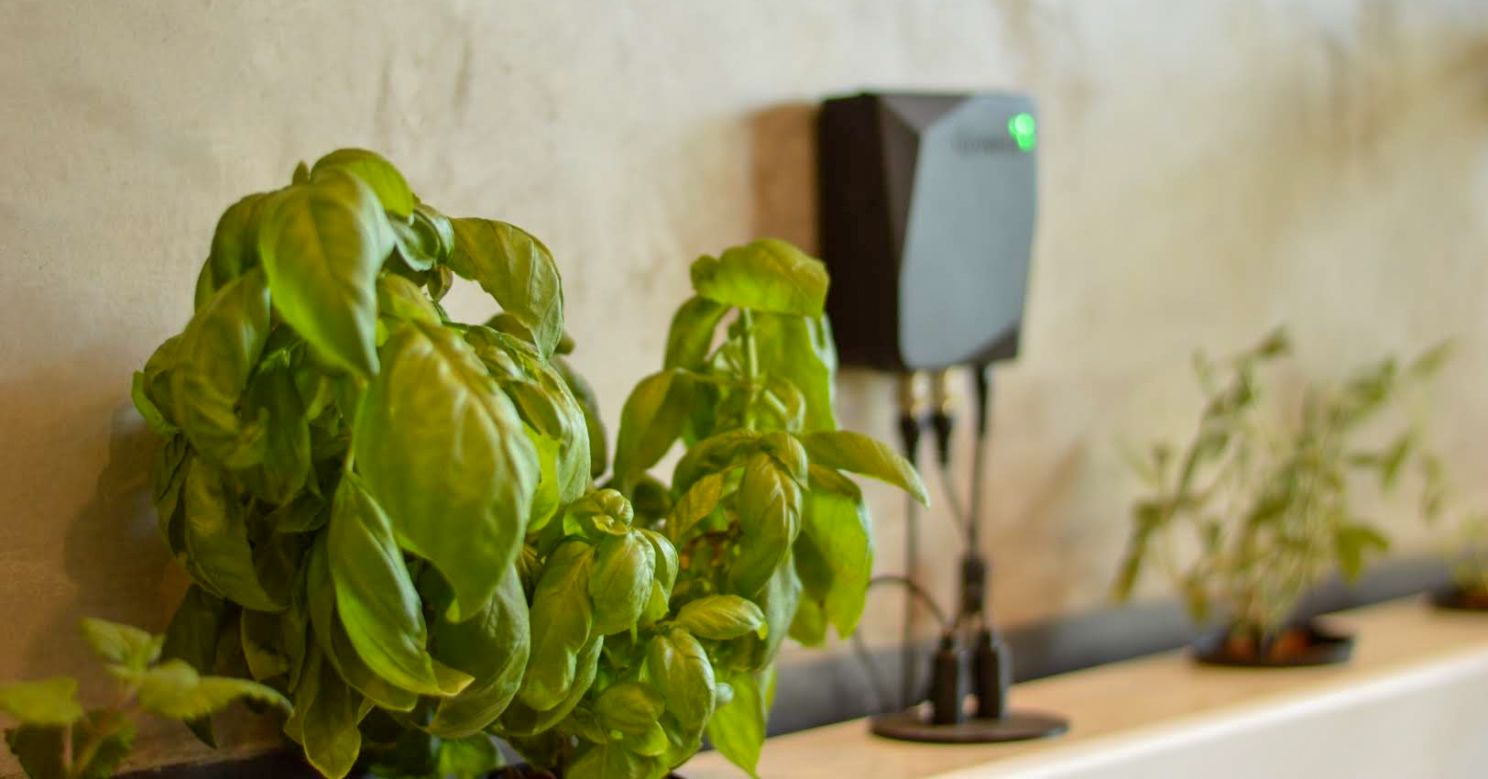How to Grow Basil Indoors Without Soil: A Comprehensive Guide

Introduction
Imagine the aroma of fresh basil wafting through your kitchen, ready to be plucked and added to your favorite dishes. Growing basil indoors without soil is not only possible but also incredibly rewarding. This method, known as hydroponic basil cultivation, allows you to enjoy fresh herbs year-round, regardless of the weather. Let's dive into the world of indoor herb gardening and explore the art of soil-free basil cultivation.
Understanding Hydroponic Basil Cultivation
Hydroponic gardening is a method of growing plants without soil, using mineral nutrient solutions in a water solvent. This technique is not only efficient but also eco-friendly, as it reduces water usage and eliminates the need for pesticides. For basil, hydroponic cultivation ensures rapid growth and a continuous supply of fresh leaves.
Benefits of Growing Basil Indoors Without Soil
Growing basil indoors without soil offers numerous advantages:
- Year-Round Availability: Enjoy fresh basil anytime, regardless of the season.
- Space Efficiency: Perfect for small apartments or urban living.
- Pest Control: Reduced risk of pests and diseases.
- Water Conservation: Hydroponic systems use less water than traditional gardening.
Getting Started: Essential Equipment
Before you embark on your hydroponic basil journey, you'll need some essential equipment:
- Hydroponic System: Choose a system that suits your space and budget. Options include the Kratky method, deep water culture (DWC), and nutrient film technique (NFT).
- Grow Lights: LED grow lights are ideal for indoor gardening, providing the necessary light spectrum for plant growth.
- Nutrient Solution: A balanced mix of essential nutrients tailored for hydroponic plants.
- pH Test Kit: Maintaining the correct pH level is crucial for nutrient absorption.
- Basil Seeds or Seedlings: Opt for varieties known for their robust growth in hydroponic systems.
Step-by-Step Guide to Growing Basil Indoors Without Soil
Step 1: Choose Your Hydroponic System
The Kratky method is an excellent choice for beginners due to its simplicity. It involves suspending the plant in a nutrient solution, allowing the roots to absorb water and nutrients directly.
Step 2: Set Up Your Grow Lights
Place your grow lights above your hydroponic system, ensuring they provide even coverage. Basil thrives in bright light, so aim for at least 14-16 hours of light per day.
Step 3: Prepare Your Nutrient Solution
Mix your nutrient solution according to the manufacturer's instructions. Ensure the pH level is between 5.5 and 6.5, as this range is optimal for basil growth.
Step 4: Plant Your Basil
If using seeds, start them in a seedling tray with a growing medium like rockwool or coconut coir. Once the seedlings have developed a strong root system, transfer them to your hydroponic system.
Step 5: Monitor and Maintain
Regularly check the pH and nutrient levels of your solution. Replace the solution every 2-3 weeks to ensure your basil receives adequate nutrition.
Tips for Successful Indoor Basil Gardening
Lighting and Temperature
Basil loves warmth and light. Maintain a temperature between 65-75°F (18-24°C) and ensure your grow lights are positioned correctly to mimic natural sunlight.
Humidity and Airflow
Proper airflow and humidity are essential for healthy growth. Use a small fan to circulate air around your plants, and consider a humidifier if your indoor environment is dry.
Pruning and Harvesting
Regular pruning encourages bushier growth. Pinch off the top set of leaves once the plant reaches about 6 inches tall. Harvest leaves as needed, but avoid taking more than a third of the plant at once.
Common Challenges and Solutions
Nutrient Deficiencies
If your basil shows signs of nutrient deficiency, such as yellowing leaves or stunted growth, adjust your nutrient solution. Ensure you're using a balanced mix and maintaining the correct pH level.
Pests and Diseases
While hydroponic systems reduce the risk of pests, they're not immune. Inspect your plants regularly for signs of infestation or disease. Use organic pesticides or neem oil to treat any issues promptly.
Overwatering and Root Rot
Overwatering can lead to root rot, a common problem in hydroponic systems. Ensure your system allows for proper drainage and aeration to prevent waterlogging.
Conclusion
Growing basil indoors without soil is a rewarding and sustainable way to enjoy fresh herbs year-round. With the right equipment, a bit of patience, and some basic knowledge, you can cultivate a thriving indoor herb garden. Embrace the art of hydroponic basil cultivation and savor the fresh, aromatic leaves in your favorite dishes.
FAQs
What is the best type of hydroponic system for growing basil? The Kratky method is an excellent choice for beginners due to its simplicity and low maintenance requirements.
How much light does basil need to grow indoors? Basil thrives in bright light, requiring at least 14-16 hours of light per day. LED grow lights are ideal for providing the necessary light spectrum.
What is the optimal pH level for hydroponic basil? The optimal pH level for hydroponic basil is between 5.5 and 6.5. Maintaining this range ensures proper nutrient absorption.
How often should I replace the nutrient solution in my hydroponic system? Replace the nutrient solution every 2-3 weeks to ensure your basil receives adequate nutrition.
What are the benefits of growing basil indoors without soil? Growing basil indoors without soil offers year-round availability, space efficiency, reduced risk of pests, and water conservation.


0 Response to "How to Grow Basil Indoors Without Soil: A Comprehensive Guide"
Post a Comment